1. Dighe A, Cattarino L, Cuomo-Dannenburg G, Skarp J, Imai N, Bhatia S, et al. Response to COVID-19 in South Korea and implications for lifting stringent interventions. BMC Med. 2020; 18(1):321. PMID:
33032601.
2. Sachs J, Schmidt-Traub G, Kroll C, Lafortune G, Fuller G, Woelm F. Sustainable development report 2020: the sustainable development goals and COVID-19. Cambridge, MA, USA: Cambridge University Press;2020.
3. Saab FG, Chiang JN, Brook R, Adamson PC, Fulcher JA, Halperin E, et al. Discharge clinical characteristics and post-discharge events in patients with severe COVID-19: a descriptive case series. J Gen Intern Med. 2021; 36(4):1017–1022. PMID:
33532963.
4. Atalla E, Kalligeros M, Giampaolo G, Mylona EK, Shehadeh F, Mylonakis E. Readmissions among patients with COVID-19. Int J Clin Pract. 2021; 75(3):e13700. PMID:
32894801.
5. Halpin SJ, McIvor C, Whyatt G, Adams A, Harvey O, McLean L, et al. Postdischarge symptoms and rehabilitation needs in survivors of COVID-19 infection: a cross-sectional evaluation. J Med Virol. 2021; 93(2):1013–1022. PMID:
32729939.
6. Saigal A, Naidu S, Shah A, Brill S, Jarvis H, Goldring J, et al. S54|‘Long-COVID’: the need for multi-disciplinary working. Thorax. 2021; 76(Suppl 1):A33–A34.
7. Somani SS, Richter F, Fuster V, De Freitas JK, Naik N, Sigel K, et al. Characterization of patients who return to hospital following discharge from hospitalization for COVID-19. J Gen Intern Med. 2020; 35(10):2838–2844. PMID:
32815060.
8. Wang PR, Oyem PC, Viguera AC. Prevalence of psychiatric morbidity following discharge after COVID-19 hospitalization. Gen Hosp Psychiatry. 2021; 69:131–132. PMID:
33494979.
9. Park HY, Jung J, Park HY, Lee SH, Kim ES, Kim HB, et al. Psychological consequences of survivors of COVID-19 pneumonia 1 month after discharge. J Korean Med Sci. 2020; 35(47):e409. PMID:
33289371.
10. Vilches-Moraga A, Price A, Braude P, Pearce L, Short R, Verduri A, et al. Increased care at discharge from COVID-19: the association between pre-admission frailty and increased care needs after hospital discharge; a multicentre European observational cohort study. BMC Med. 2020; 18(1):408. PMID:
33334341.
11. Chopra V, Flanders SA, O’Malley M, Malani AN, Prescott HC. Sixty-day outcomes among patients hospitalized with COVID-19. Ann Intern Med. 2021; 174(4):576–578. PMID:
33175566.
12. Qu G, Zhen Q, Wang W, Fan S, Wu Q, Zhang C, et al. Health-related quality of life of COVID-19 patients after discharge: a multicenter follow-up study. J Clin Nurs. 2021; 30(11-12):1742–1750. PMID:
33656210.
13. R Core Team. R: A Language and Environment for Statistical Computing. Vienna, Austria: R Foundation for Statistical Computing;2020.
14. Rockwood K, Song X, MacKnight C, Bergman H, Hogan DB, McDowell I, et al. A global clinical measure of fitness and frailty in elderly people. CMAJ. 2005; 173(5):489–495. PMID:
16129869.
15. Müller I, Mancinetti M, Renner A, Bridevaux PO, Brutsche MH, Clarenbach C, et al. Frailty assessment for COVID-19 follow-up: a prospective cohort study. BMJ Open Respir Res. 2022; 9(1):e001227.
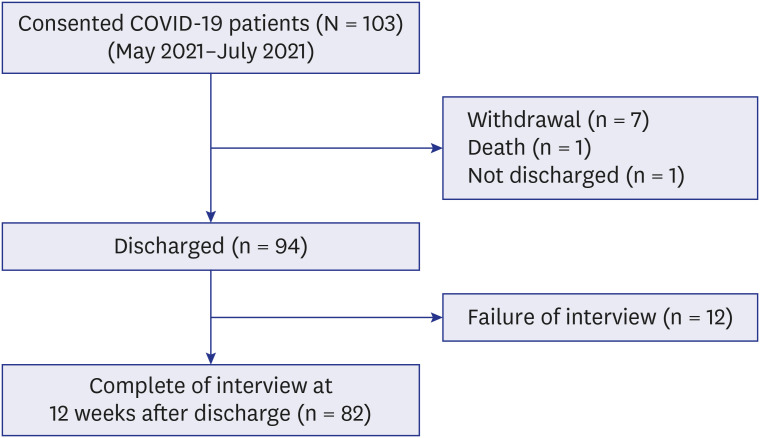
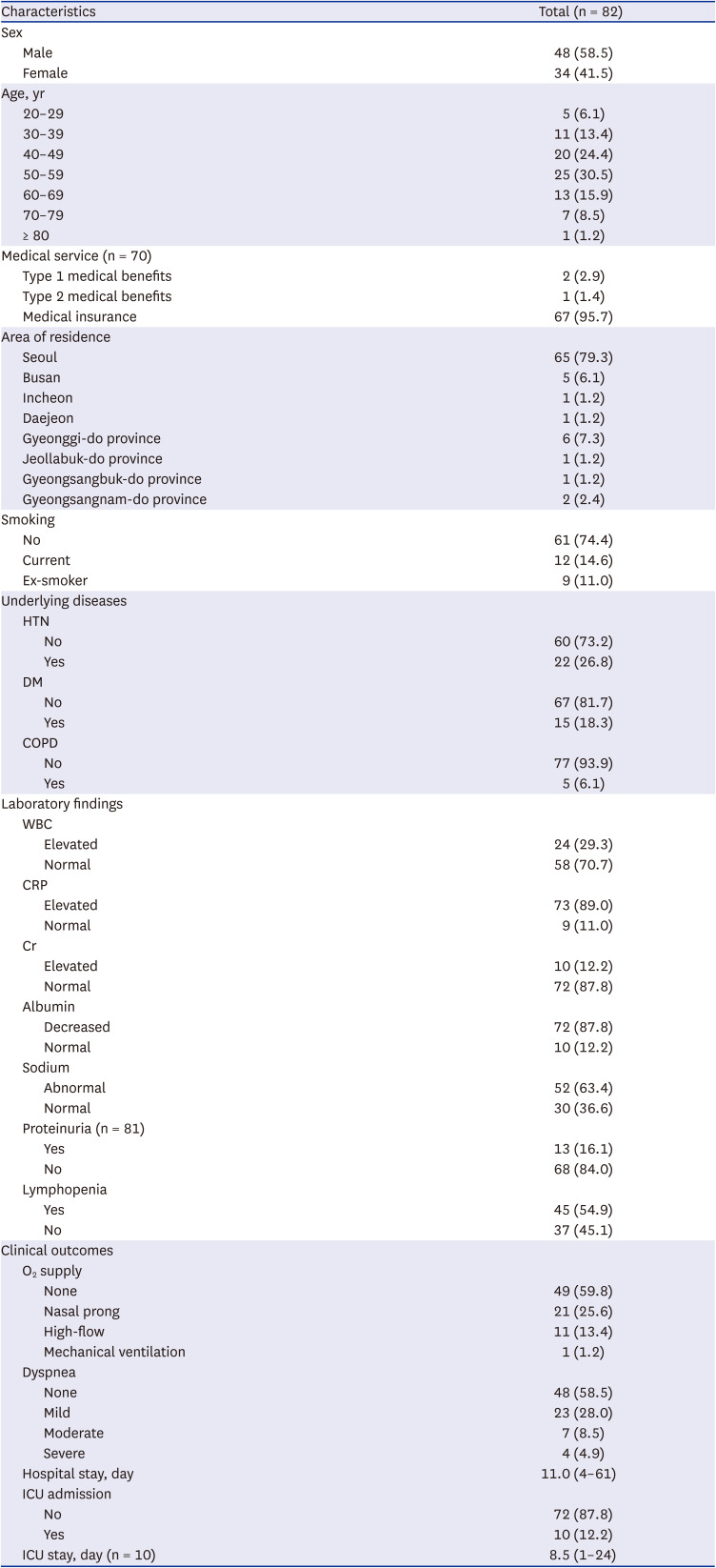
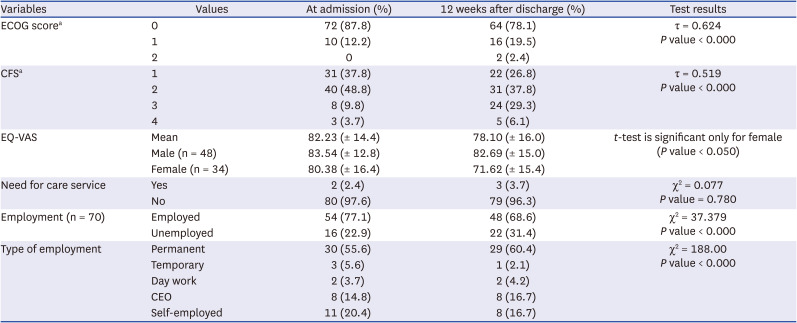
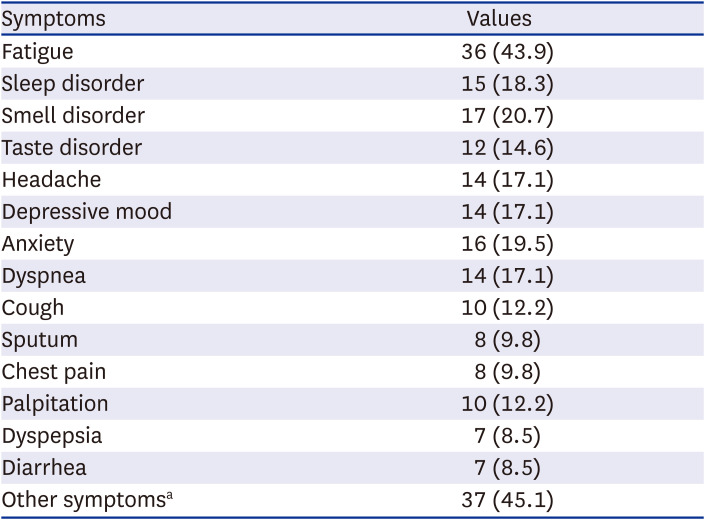




 PDF
PDF Citation
Citation Print
Print



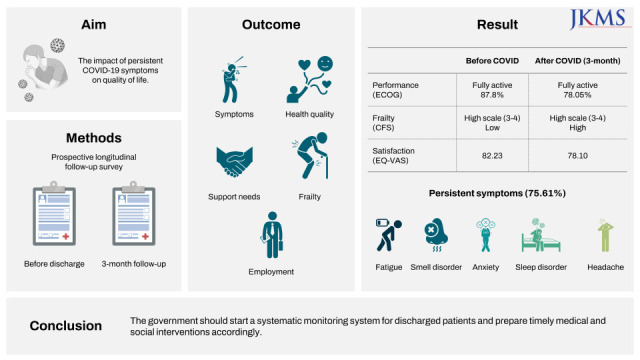
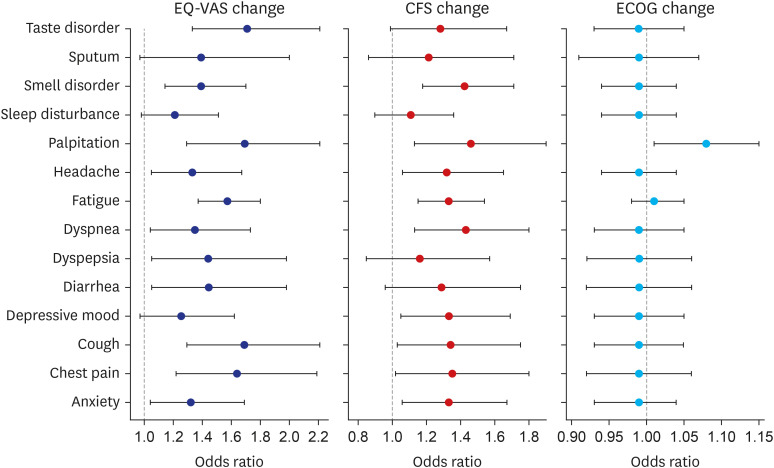
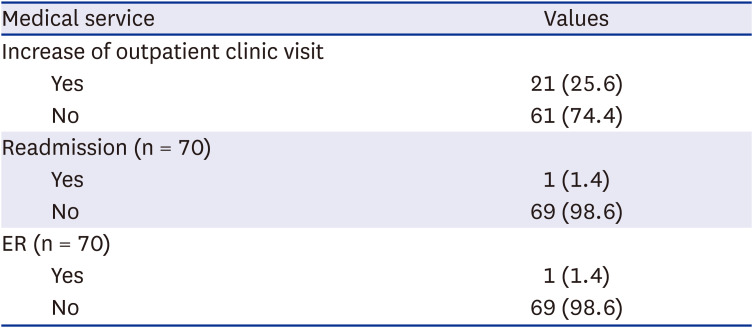
 XML Download
XML Download